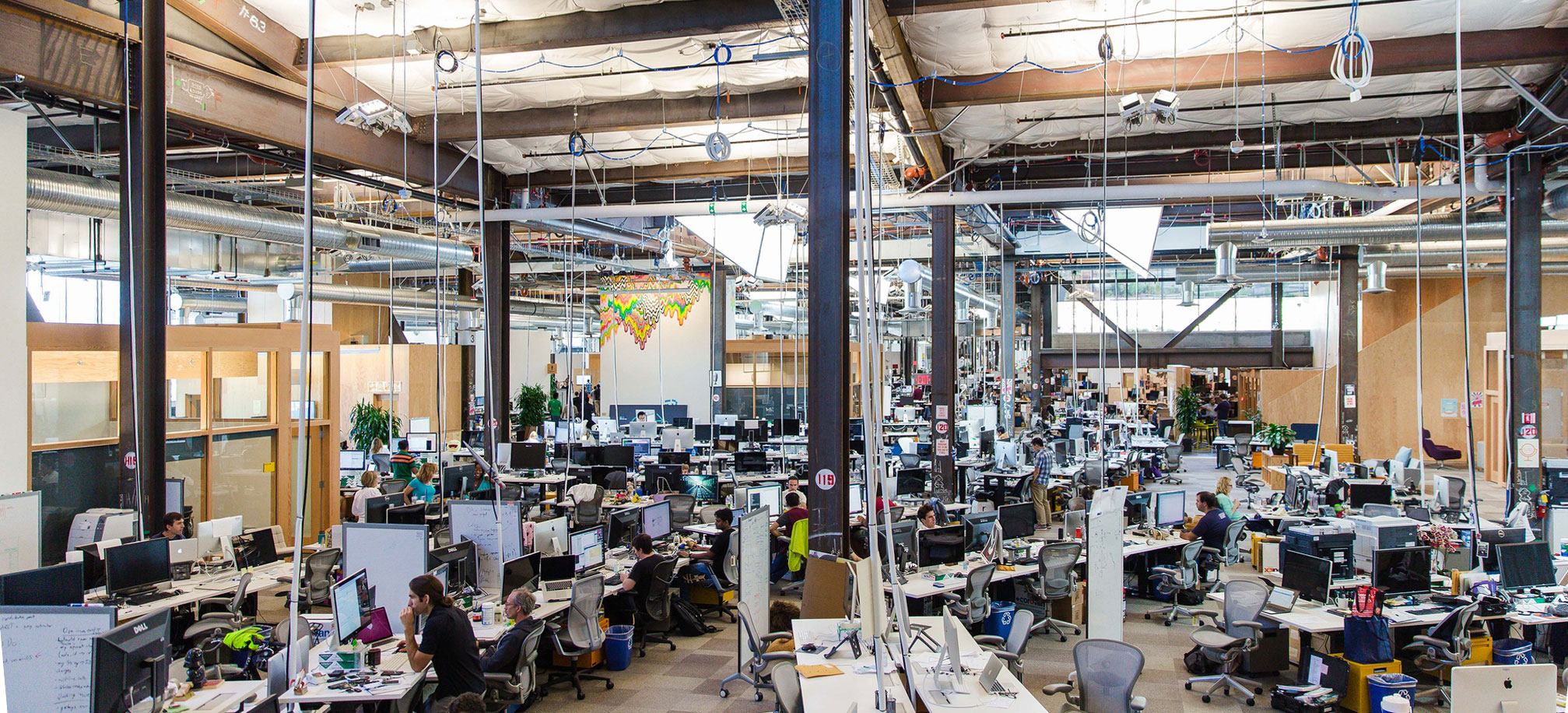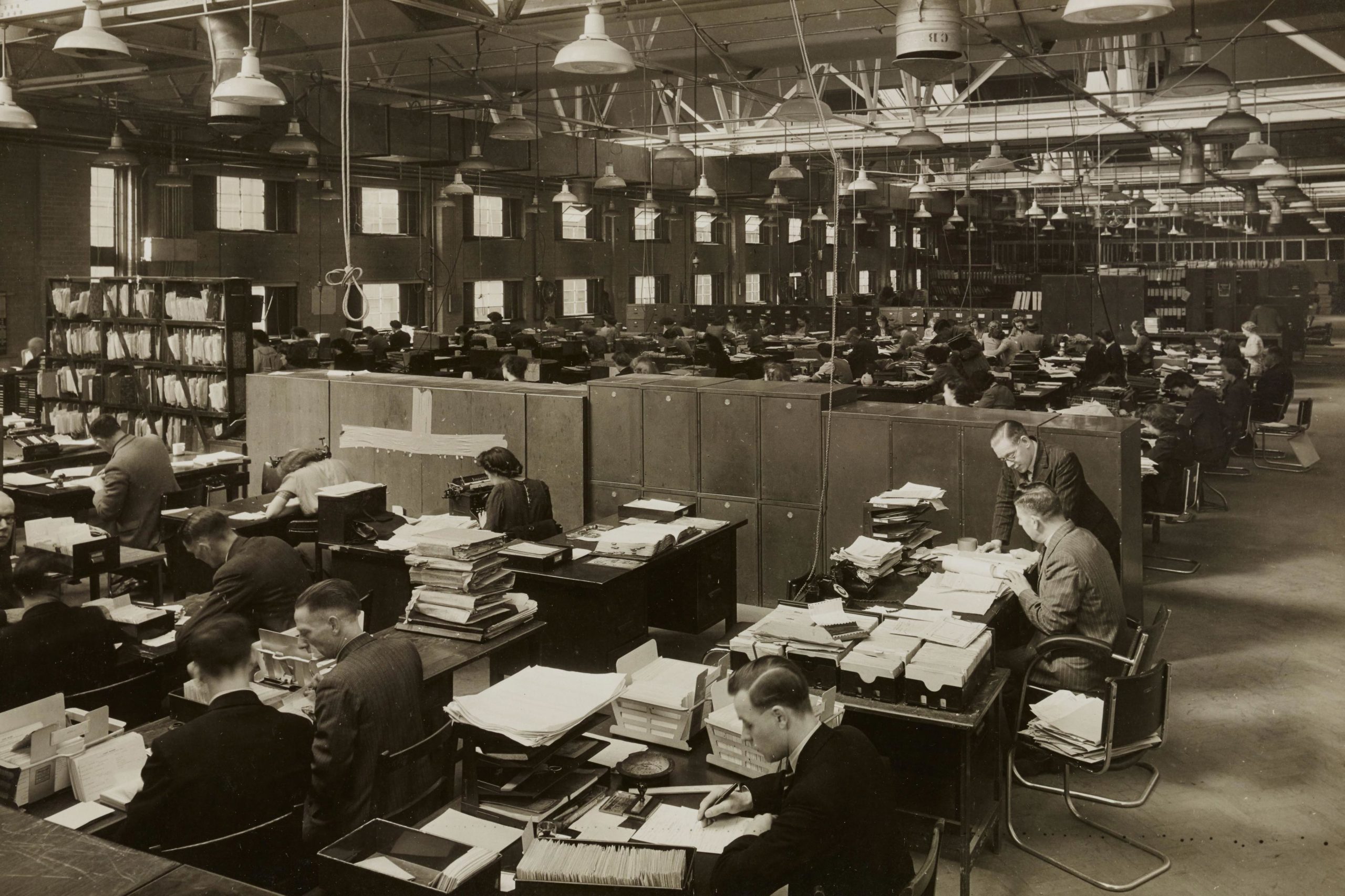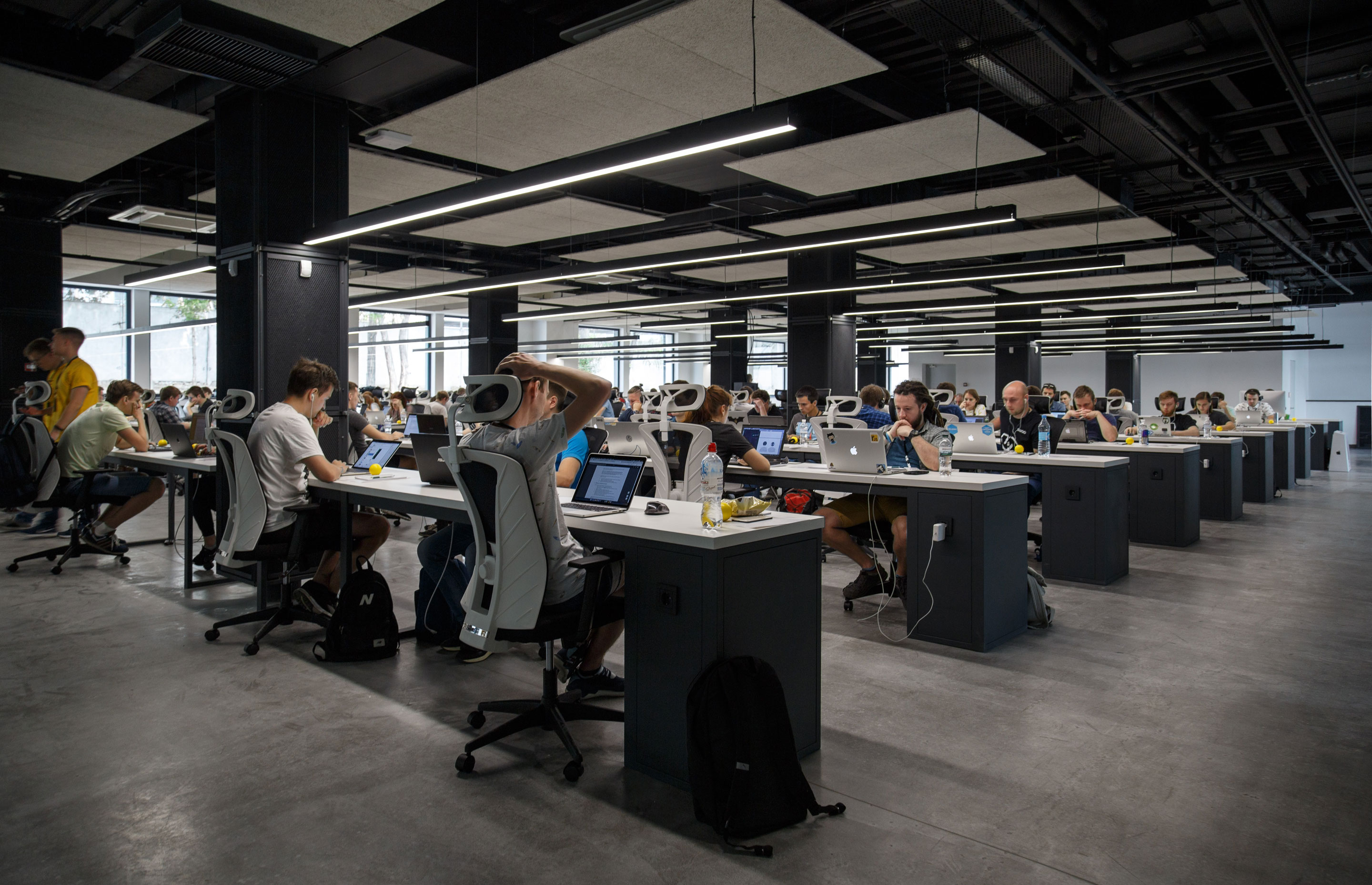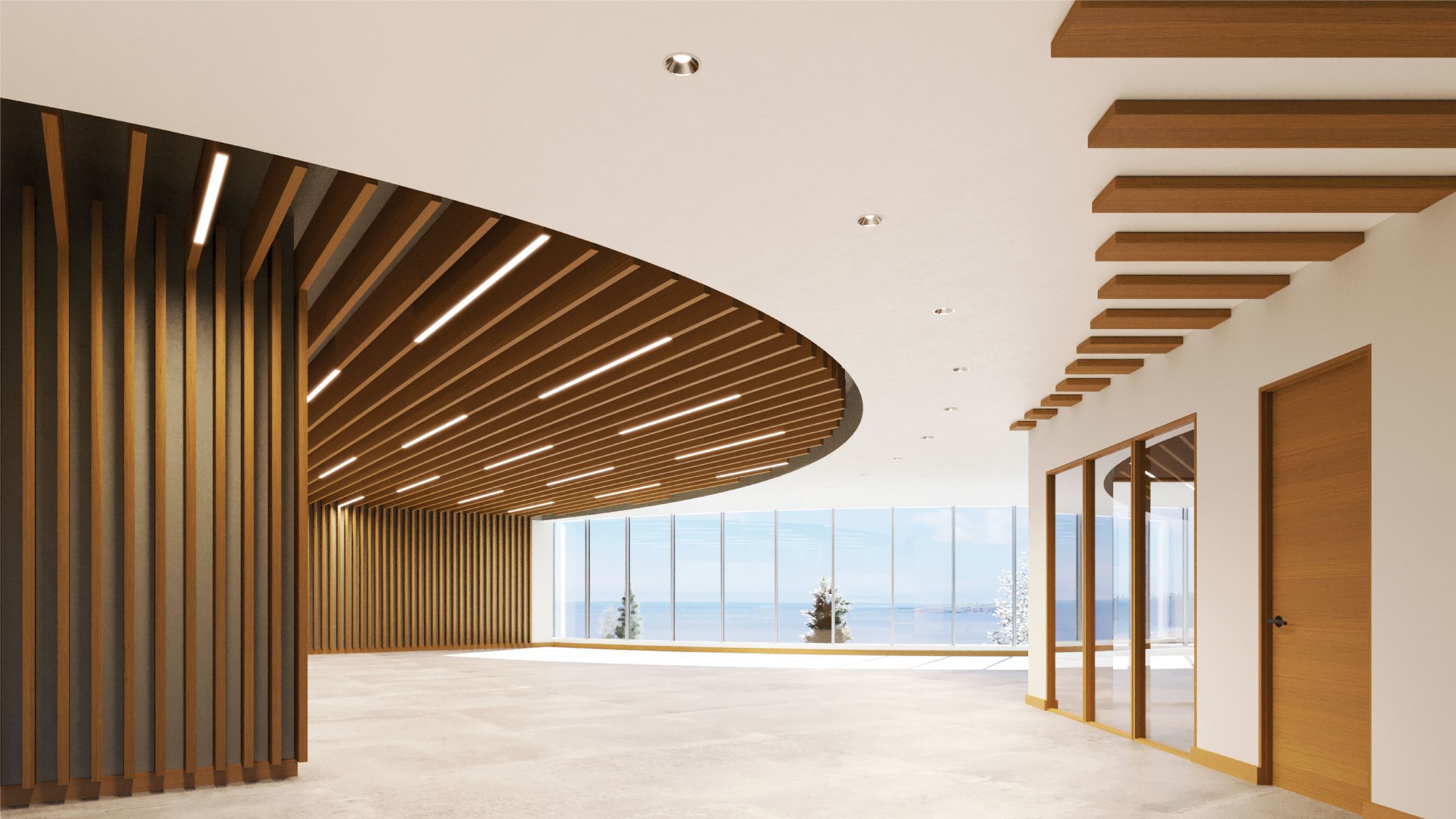The COVID-19 virus has drastically changed life as we know it. As saddening, frightening, and disruptive as this pandemic is, we know that eventually, the curve will flatten and many will return to work. With that return, new challenges and needs will require a quick response. Now, more than ever, employees want to know their company has made accommodations for their health and safety.
52.9%
of Americans believe open offices will lead to an increase in coronavirus infections.
To help think through your firm’s response, we’ve generated a list of questions to guide your conversations. We hope that by presenting a starting place for these conversations, your firm will have a head start in adapting its office environment for the health and safety of employees. In the coming weeks, this series will continue by sharing answers from industry leaders to better equip you and your clients to eventually return to the office.
New Guidance for Workplaces
According to OSHA’s new Guidance on Preparing Workplaces for COVID-19, occupational safety and health professionals use a framework called the “hierarchy of controls” to eliminate or reduce workplace hazards, including COVID-19. The framework is divided into four categories – engineered controls, administrative controls, safe work practices, and Personal Protective Equipment (PPE). It’s listed in order of its effectiveness in protecting employees.
We’ve generated questions in each category of OSHA’s framework to help create a list to spark your conversations. Together, we can face this new challenge and ensure workers feel safe and confident in their return to the office.

Facebook’s Building #20 —a 10 acre structure designed by Frank Gehry— is one of the largest open office plans in the world. Office environments like this will be drawing deserved attention and are expected to present many challenges in addressing the safety concerns of their employees in the wake of this pandemic.
Questions regarding engineered controls of the workspace:
- What are some ways employers can increase ventilation and improve air quality in the office?
- Considering the important role that humidity plays in diminishing the transmission of viruses and infectious diseases, do you think increasing humidity will be one of the components in designing a healthier work environment?
- The pandemic is encouraging people to stand further apart when communicating, which results in louder talking and higher susceptibility to disruptive ambient noises. Will these new dynamics change the way spaces are acoustically engineered?
Questions regarding administrative controls in the workplace:
- For a long time, we’ve seen the average distance between workspaces shrink. How can employers reconfigure workspaces or work schedules to safely accommodate their employees?
- A shift towards better optimization of office space and workstations has introduced trends such as coworking spaces and hotdesking/hoteling. Considering the key role that shared surfaces serve in transmitting viruses, bacteria, and other microbial particulates, how will this trend be affected?
41%
believe their open office will be a “hotbed of infection”.
- Do you think re-incorporating barriers between workspaces such as cubicles or personal dividers would help to reduce the spread of viruses in the future?
- Do you think that more companies will be open to their employees teleworking or working from home on a more regular basis in the wake of this pandemic? What kind of design changes could best accommodate this increase in remote workers?
- Given OSHA’s new recommendations that all contact among workers, clients, and customers should be minimized, if feasible, how could virtual communications be improved through design?
- Many office environments utilize condensed, “collaborative-friendly” work spaces. Upon returning to work, many employees will now view those spaces as a high health risk. What are some short-term and long-term solutions to address employee’s concerns?
Questions regarding Safe Work Practices:

A Chronic Concern
For as long as open office layouts have existed, they’ve contributed heavily to workplace illness. Without physical barriers like cubicles, a simple cough or sneeze can turn an office into a breeding ground for viruses.
- What plans are in place regarding availability of tissues, no-touch trash cans, alcohol-based hand rubs containing at least 60 percent alcohol, disinfectants, and disposable towels for workers to clean their work surfaces?
- If a workspace or conference room is shared, what kind of policies can be put in place to ensure it’s sanitized before being used again?
- In shared spaces like break rooms, how can policies be put in place to minimize the spread of germs on handles and commonly touched surfaces?
Question regarding Personal Protective Equipment:
- Will PPE be recommended or available upon request? Will there be a policy requiring PPE for sick employees or will they be allowed to work remotely?
We hope these questions are a helpful in thinking through your response. We’d love to hear your responses, as well. As part of our series on adapting open offices in the wake of COVID-19, we plan to share insights from architects, interior designers, acousticians, and other industry professionals regarding changes to open office design and materials. If this is something your company would be interested in participating in, we’d love to hear from you.

